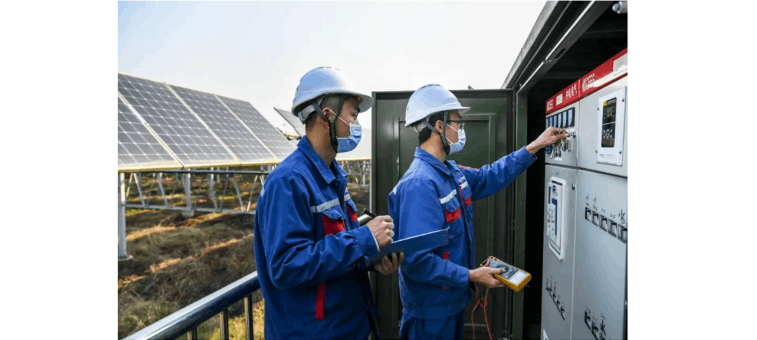What is the operation mode of the step-up transformer in photovoltaic power generation?
Echo
06/24/2025
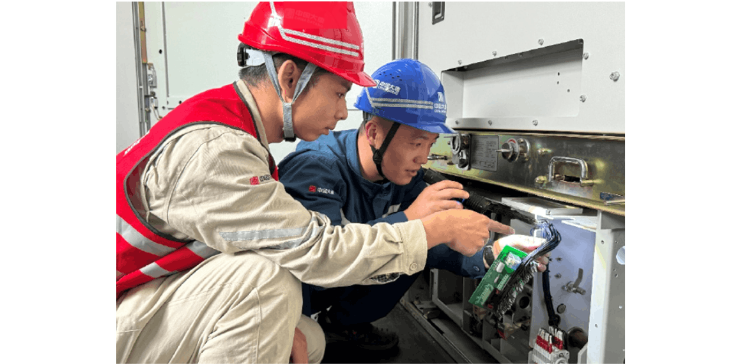
As an expert in the application and trends of electrical equipment, I have a profound mastery of knowledge in circuits, power electronics, etc. I possess a comprehensive set of abilities including equipment design, fault diagnosis, and project management. I can precisely grasp the industry's pulse and lead the development of the electrical field.
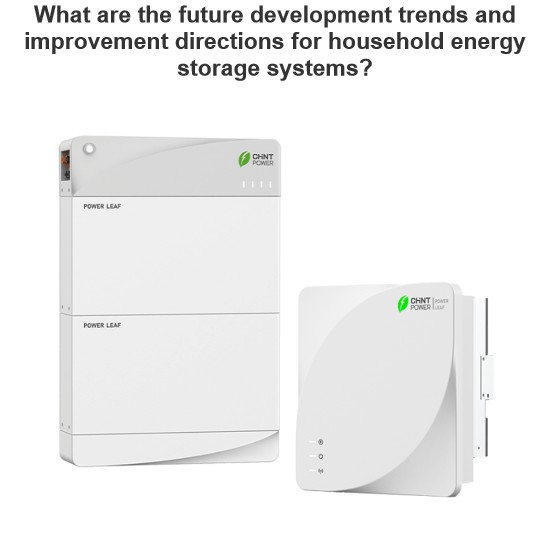
What are the future development trends and improvement directions for household energy storage systems?
Future Development Trends and Improvement DirectionsAs a front-line technician specializing in household energy storage system maintenance, I deeply recognize that the industry is advancing toward higher efficiency and reliability. With technological iteration and standard improvement, system failure rates are expected to significantly decline, with the following four directions serving as key breakthroughs.Intelligent Diagnosis and Predictive Maintenancewill redefine fault management. By deeply
Echo
06/26/2025
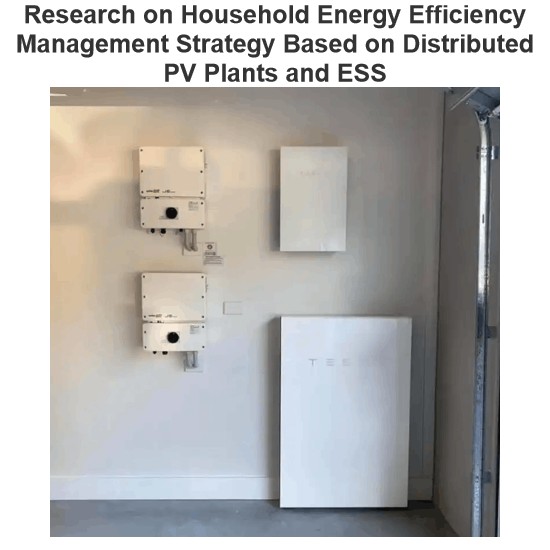
Research on Household Energy Efficiency Management Strategy Based on Distributed PV Plants and ESS
1 ZigBee - Based Smart Home SystemWith the continuous development of computer technology and information control technology, intelligent homes have evolved rapidly. Smart homes not only retain traditional residential functions but also enable users to manage household devices conveniently. Even outside the home, users can remotely monitor the internal status, facilitating home energy efficiency management and significantly enhancing quality of life.This paper designs a ZigBee - based smart home
Echo
06/26/2025
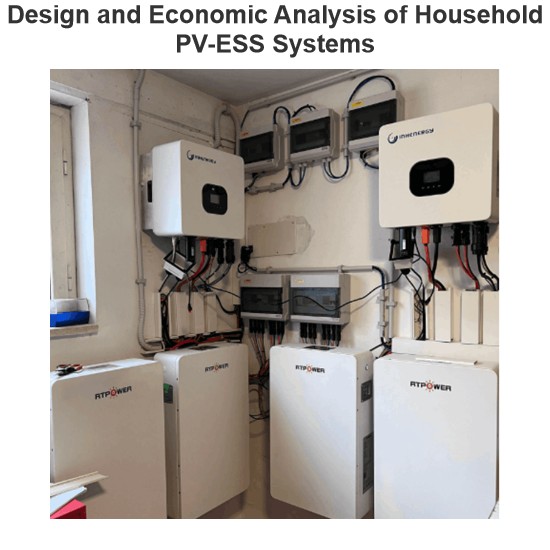
Design and Economic Analysis of Household PV-ESS Systems
Energy storage systems store electricity for peak shaving or emergencies. Lithium - ion batteries, despite lower efficiency, dominate due to fast discharge and long lifespans. A typical system includes a meter, inverter, controller, battery box, and charger to manage power flow and ensure grid compatibility.PV storage is expanding in China, with residential systems growing due to rooftop availability and cost reductions (~2,000 yuan/kW). Integrating PV with home appliances and grid storage enabl
Echo
06/26/2025
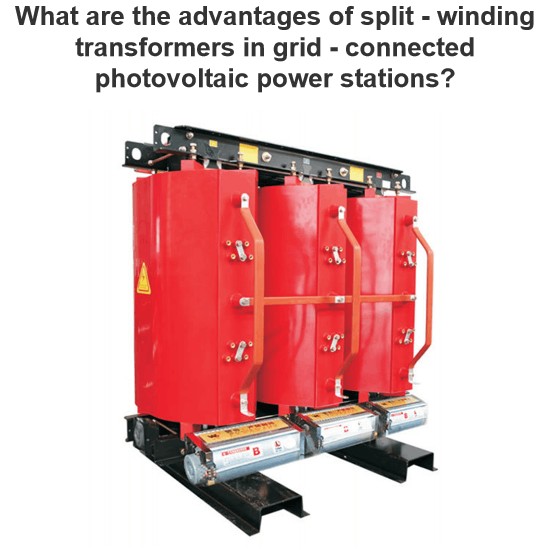
What are the advantages of split - winding transformers in grid - connected photovoltaic power stations?
Solar energy, as a clean and renewable energy source, is a key new energy supported in China. It has abundant theoretical reserves (17,000 billion tons of standard coal equivalent annually) and enormous development potential. Photovoltaic power generation, once mainly operating off - grid in remote areas, is now rapidly evolving towards building - integrated photovoltaics and large - scale desert - based grid - connected projects.This paper analyzes split - winding transformers in grid - connect
Echo
06/25/2025

